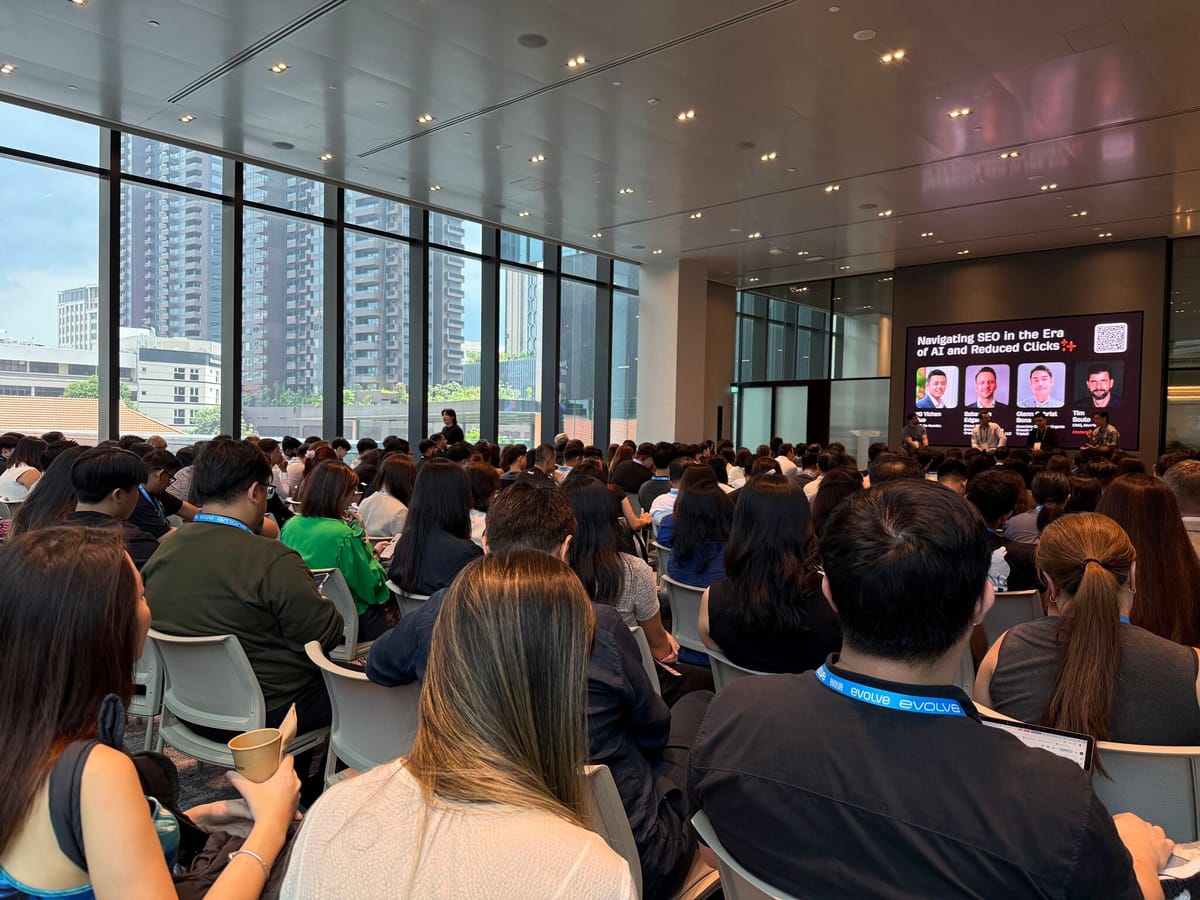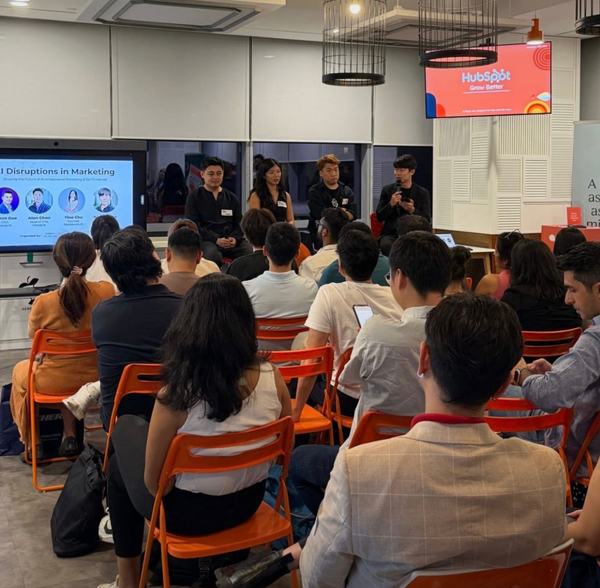🚀 A New Paradigm for SEO: The AI-UGC SEO Strategy

AI-UGC: The New Frontier of Product-Led SEO
In the age of rapidly emerging AI tools, Product-Led SEO is becoming one of the fastest-growing methods for growth. By leveraging content generated through user interactions with AI, we can transform these interactions into web pages. This allows us to cover a massive number of long-tail keywords at scale, securing high-quality, uncontested organic traffic.
We call this strategy AI-UGC: AI-User Generated Content — a process where users and AI collaboratively generate content, which the product then automatically converts into a traffic asset.

✨ Core Concept: What is AI-UGC SEO?
AI-UGC is a strategy that automates the transformation of content generated by user-AI interactions into indexable web pages for search engines.
The essence of the keywords lies in the tasks users are completing with AI tools. These keywords are often highly vertical and long-tail, such as:
- "how to solve x2−5x+6=0"
- "summarize Andrew Huberman podcast episode"
- "convert resume data to Excel table"
These keywords have low search volume but high conversion rates and virtually no competition. The power of AI tools allows you to cover them efficiently and at scale.
Result: In the short term, this strategy can generate 2.6M keywords and 1.6M monthly organic traffic.
🔧 Two Core Strategies for AI-UGC
✅ Strategy 1: AI-UGC Pages — Combining User Input with AI Output
This approach automatically generates a structured webpage by combining a user's input (like a math problem or a YouTube link) with the AI's response.
Example: StudyX
- User Input: A math problem (e.g., a calculus or algebra question).
- AI Output: The AI solves the problem and provides a detailed step-by-step explanation.
- System Action: The system converts this Q&A pair into a webpage, indexed by the keyword (the problem itself).
Advantages:
- These questions are search queries themselves.
- The content is clear, high-quality, and has almost no competition.
- It's a low-cost, automated, and infinitely scalable process.
✅ Strategy 2: Use Case Pages — Abstracting Keywords from User Scenarios
This strategy abstracts "use cases" from typical user behavior with the AI tool and creates indexable pages around them.
Examples:
- A user uses an AI tool to extract information from a resume into an Excel table. → An automated page is generated: "Extract resume data to Excel using AI"
- A user uses an AI tool to generate a cold email. → A page is created: "How to write B2B cold emails with AI"
The value of this strategy:
- Each use case represents a demand keyword.
- Content is automatically generated from an AI template, ensuring stability and bulk production.
- These pages have high user intent, making it easy to convert visitors into product users.
Case Examples:
- A user uploads several resume PDFs. Your AI tool converts them into a single Excel data table. This task then becomes a new SEO page: "Convert PDF to Excel using AI."
- A graduate student uploads five core research papers on lithium-ion battery degradation to write their thesis. Your AI generates a page from this, such as: "AI-powered Literature Review Tool." This page is now indexed by search engines and useful to a broader audience.
- A student inputs a math problem into your tool: "Solve x2−5x+6=0." Your AI solves it step-by-step. This question and answer become a page titled: "How to Solve x2−5x+6=0 with AI (with solution steps)."
📚 Case Study: Data Security and Compliance
When implementing an AI-UGC or Parallel SEO strategy, data security and user privacy must be the top priority. Here are four common industry practices for generating compliant, indexable SEO content:
✅ Method 1: Use User-Generated Content That Is Already "Public"
- The content generated by the user is inherently public (e.g., a shared link, an exported file, a generated webpage).
- The product can abstract a use case from this content and generate a relevant page.
Example:
- A user exports a PDF to an Excel file. → The page title could be: "Convert PDF to Excel using AI."
- A user generates an AI-written blog draft. → The page title could be: "Use AI to draft a blog post."
Key takeaway: The content is already public, so the risk is minimal. SEO pages are generated based on existing, public actions.
✅ Method 2: Secure User Authorization to Use Their Input Content
- Users agree to the platform's use of their input content via a privacy policy or terms of service.
- This method is suitable for inputs that are already public information (e.g., a YouTube link, a public website link, or a public file).
Example:
- A user pastes a YouTube link and asks the AI to summarize it. → The platform can generate a page with the link and the AI's summary.
- A user uploads a public blog post to get a summary. → This can be used as a case study for the page "Summarize blog posts using AI."
Key takeaway: With legal authorization, the platform can directly display the prompt and response content.
✅ Method 3: Use Only the Intent of the User's Prompt to Regenerate a Use Case
- The user's original input is not directly displayed or saved.
- The product only uses the underlying intent signal from the user's prompt to guide a new, generalized use case page generated by the AI.
Example:
- User input: "Extract payment terms from this contract." → System generates a page: "How to extract payment terms from contracts using AI."
Key takeaway: The original prompt is not stored or displayed; only the task intent is used for abstraction.
✅ Method 4: Use AI's Response to the User to Generate a New Use Case
- User input → AI response
- This AI response is then used as input for a second AI to generate a more generic use case page.
- The final SEO page is not directly related to the user's original input.
Example:
- User inputs a contract → AI summarizes terms → AI outputs: "Payment terms are as follows..." → System uses this output to generate a page: "Summarize financial terms in contracts with AI."
Key takeaway: The original user input is never saved or used. Only the model's output is used for abstraction, creating a stronger layer of safety and isolation.
📌 Summary of the Four Methods
By employing these methods, a business can legally, compliantly, and securely generate SEO pages at a massive scale while mitigating GDPR and other privacy risks.
📈 Why Choose AI-UGC SEO?
- ✅ Extremely low marginal cost: AI automatically generates content without the need for human writers.
- ✅ Rapid scalability: Thousands of pages can be generated daily.
- ✅ High-intent, low-competition traffic: Long-tail keywords have little competition and strong intent, leading to high conversion rates.
- ✅ The product is the growth engine: User behavior becomes a source of traffic, truly enabling Product-Led Growth.
🧩 Implementation Process (SOP): Building an AI-UGC Content System
📍 Phase 1: Content Strategy and Keyword Selection
- Identify high-potential user behaviors and search intent.
- Analyze common AI functions (e.g., summarize, extract, generate, convert).
- Determine which use cases have sufficient long-tail search volume and conversion intent (using tools like Ahrefs, Google Search Console, and product usage data).
- Define content structure types. Are they Q&A, summary, conversion (X to Y), or before/after?
- Create clear "core keyword templates" for each type, such as:
Summarize {podcast_name}Convert {filetype_1} to {filetype_2}Generate cold email for {industry}
📍 Phase 2: Page Template Design and Structure Planning
- Design a standardized page layout template. Each page should include:
- An introduction/use case description
- A summary of the user's task (anonymized or abstracted)
- The AI's output (formatted as a table, list, or steps)
- Related use cases ("Also works for contracts, quotes...")
- Internal links/CTAs (to encourage continued product use)
- SEO metadata (title, description, schema)
📍 Phase 3: AI Processing and Generation Logic Design
- Design the AI workflow to process user + AI content and generate page materials.
- Define content generation chains for different input types:
Prompt → AI Response → Directly used for page contentAI Response → Abstraction → Use Case Query → Page title + content
- Implement bulk content scoring/filtering to weed out low-quality outputs.
- Use AI to automatically cluster similar tasks into a single use case type.
- Build AI systems to anonymize or restructure content to ensure a consistent format.
📍 Phase 4: Automated Publishing System
- Automate page generation and deployment.
- Use a static site generator (like Next.js) with dynamic content population.
- Pair it with a serverless backend (e.g., Vercel Functions, AWS Lambda) to generate pages on demand.
- Configure technical SEO settings to automatically add:
sitemap.xmlrobots.txt<meta name="robots">- Structured data/
schema.org(e.g.,FAQ,HowTo)
📍 Phase 5: Monitoring and Continuous Optimization
- Track keyword and page performance using tools like Google Search Console, Ahrefs, and log analysis.
- Check if pages are indexed, monitor keyword rank changes, and track CTR, bounce rates, and conversion paths.
- Use this data to continuously generate and optimize content.
- Expand coverage or create sub-scenarios for high-performing use cases.
- Merge, rewrite, anonymize, or take down low-quality pages.
- Feed user behavior back into the content system, creating a flywheel of content → search → usage.
🏁 Conclusion: Let AI and Your Users Build Your SEO Moat
AI-UGC SEO is the perfect growth model for the AI tool era. It uses product usage data as raw material, AI as a productivity engine, and SEO as a distribution channel to build an automated growth flywheel.
The more people who use your product, the more pages you create, and the more traffic you get.



